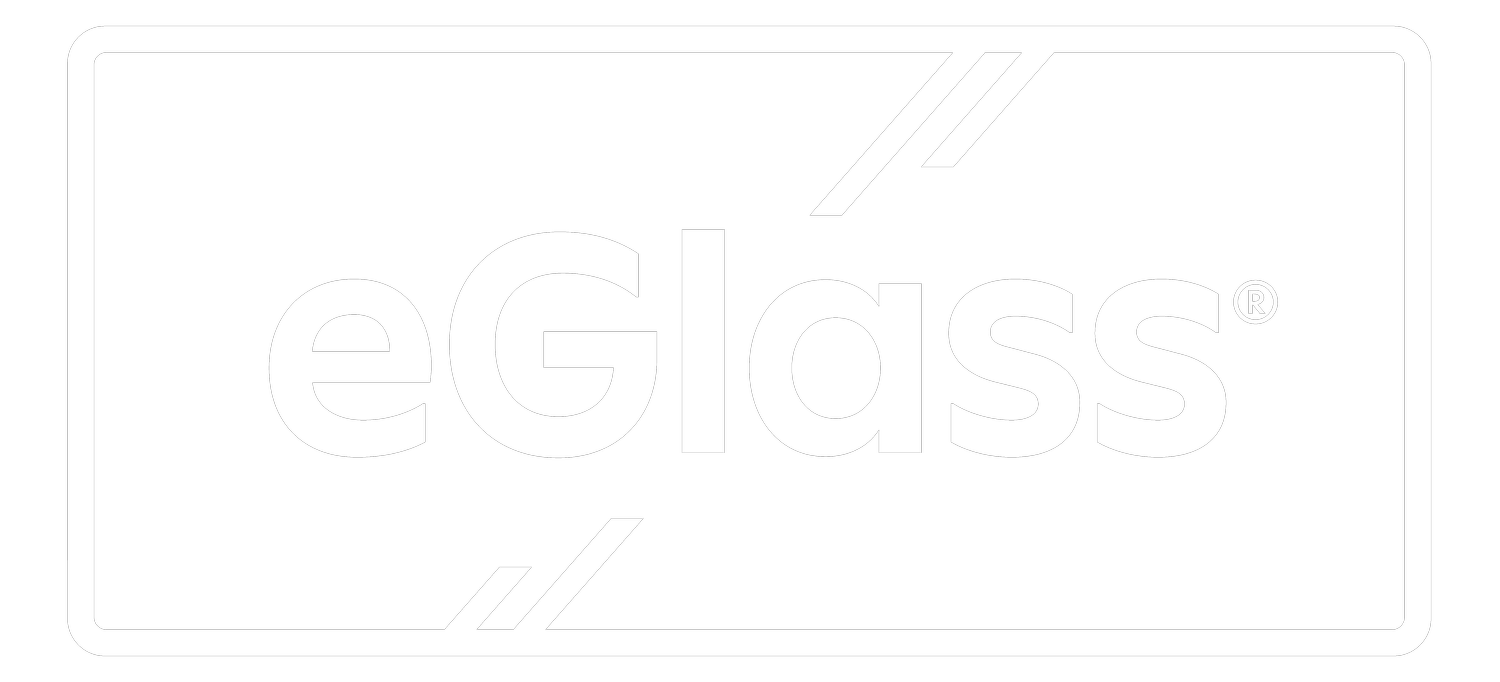The (not so obvious) Importance of Engagement in Higher Education
Higher education is facing an existential question coming out of the pandemic
As Dr. Nancy Hubbard, Dean of the College of Business and a Professor of Management at University of Lynchburg noted in this Forbes article, “A dozen of my friends have said ‘I wish I’d given my kids 200,000 bucks and told them to go start a business. They would have been better off.'”
According to Hubbard, institutions with big endowments have the resources and cachet to weather the storm. But small liberal arts colleges that subsist on tuition need to offer much, much more if they’re going to attract students, and continue to exist in a world where being on a campus has been exposed as a ‘nice-to-have’, not ‘need-to-have’.
Student-Centered Learning
“Student-centered learning means that students are highly engaged.” notes Dr. Ezaz Ahmed, Dean of Business Programs at Columbia College. “They are interested in the topic. They are interested in learning more about the topic in the future.”
During the pandemic, everyone’s attention turned to creating better tools for engaging online. And for good reason: online study (like online work) was abysmal.
Today, however, students are returning to bricks and mortar classrooms – unlike their parents and older siblings, a surprisingly large number of whom have chosen to work from home at least part of the time.
For universities and colleges, however, there is no comfort in the fact students are returning to campus. Because the pressure is on to create student-centered learning experiences that cater to the 1-on-1 experience they had during the pandemic.
The alternative isn’t to switch schools. As Dr. Hubbard said, it’s to switch out of education and enter an increasingly dynamic, entrepreneurial workforce.
eGlass Delivers Accelerated Learning and Engagement
eGlass is a transparent writing board with a built-in camera. I helped innovate it after a profound experience watching a university professor use a DIY glass board to teach his online course. Watching him write from behind the glass, his face appearing embodied in his writing, was mesmerizing.
eGlass has moved far, far beyond that first prototype I experienced (there are multiple patents on the technology we created). But the raison d’etre is the same. To drive student engagement.
This is especially true in higher ed settings.
Universities and colleges are designed for eGlass
Universities and colleges tend to have larger classrooms, with more students. This means many learning spaces are equipped with large display boards. Therefore, a professor working on an eGlass will be projected at much greater than life size.
What’s more, because eGlass frames the instructor’s face, their gaze will appear directed at every single student, regardless where in the lecture hall they’re sitting.
Because the instructor writes from behind the glass, they never block their writing. Students hear the instruction, and can read each word as the instructor says it.
Add features like snapshot, lesson recording and an interactive program that pulls any document, any visual, any browser or video onto the screen where the professor can interact with and write on it, and you have an engagement tool unlike anything else on campus.
Stand out. Be bold.
Dr. Daniel Connolly, Professor of Management at Drake University’s College of Business and Public Administration in Des Moines, sums it up perfectly.
“There are many schools out there right now that are literally fighting for survival. Instead of copying elite schools that are much better off resource-wise, this is an opportunity for them to be a real standout, to rise from the pack of pencils. To be bold, and come up with new models.”
Driving student engagement with bold new technology is key to this boldness. And eGlass is key to delivering that engagement. Want to experience eGlass? It’s as easy as clicking here.
Ji Shen, CEO, eGlass & HoverCam



